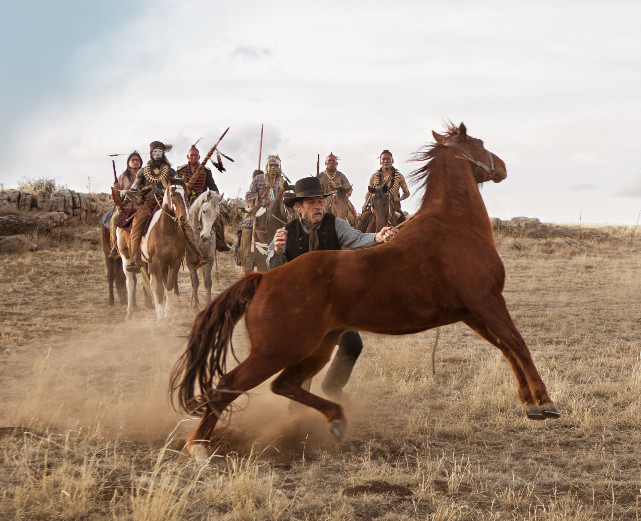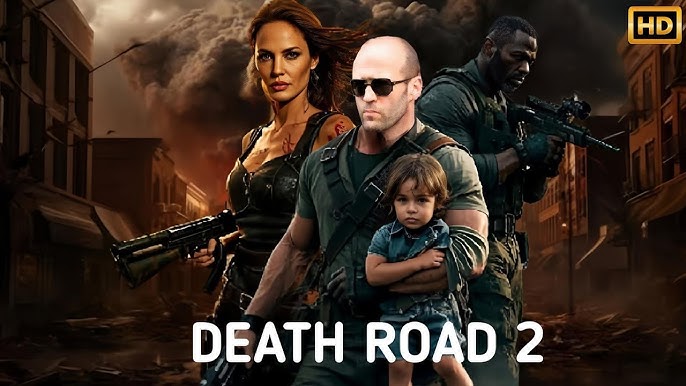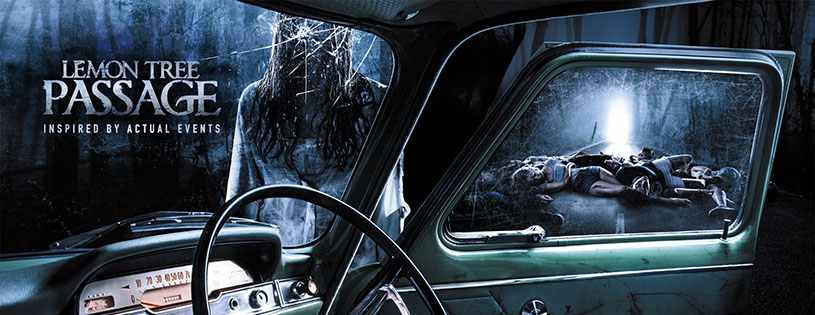The Homesman (2014): A Haunting Journey Through the American Frontier
The Homesman (2014), directed by and starring Tommy Lee Jones, is a stark, contemplative Western that challenges traditional genre conventions by focusing on the often-overlooked female perspective of frontier life. Adapted from the 1988 novel by Glendon Swarthout, the film presents a deeply human story set in the harsh Nebraska Territory during the mid-19th century. With Hilary Swank in a powerhouse performance as Mary Bee Cuddy, the film explores themes of isolation, gender roles, mental illness, and redemption.
Mary Bee Cuddy is a strong, independent woman who owns her own land and lives alone — a rarity in her time. Despite her competence and piety, she is labeled as "plain" and "bossy," rejected repeatedly in her search for a husband. After three frontier women in her community descend into madness due to the brutal conditions and personal tragedies, Mary Bee volunteers to escort them across the dangerous plains to a church-run asylum in Iowa. Realizing the treacherous journey cannot be made alone, she recruits George Briggs (played by Tommy Lee Jones), a claim-jumper she saves from hanging, to accompany her.

What follows is a grim and reflective odyssey across an unforgiving landscape. The film does not romanticize the Old West. Instead, it exposes the harsh realities of frontier life, especially for women, who suffered not only physical hardships but also emotional and psychological ones. The three women Mary Bee transports have been broken by trauma: the loss of children, abusive marriages, and the overwhelming isolation of prairie life. Their silent suffering stands in sharp contrast to the stereotypical rugged individualism often glorified in Westerns.
Hilary Swank delivers a layered performance as Mary Bee, embodying resilience, compassion, and deep inner loneliness. Her character is a tragic figure — capable and selfless, yet painfully aware of her social invisibility. Tommy Lee Jones's George Briggs is a morally ambiguous drifter, providing a rough foil to Mary Bee’s orderliness. Over the course of the journey, the relationship between the two evolves from one of necessity to a more complex emotional bond. Yet the film remains unflinching in its realism, resisting sentimentality at key moments.

Visually, The Homesman is stunning, with cinematographer Rodrigo Prieto capturing the vast, desolate beauty of the American Midwest. The slow pacing and sparse dialogue reinforce the themes of emptiness and alienation. Marco Beltrami's subdued score complements the somber tone of the narrative.
Critically, The Homesman received praise for its bold approach and strong performances, though it divided audiences with its bleak tone and tragic turn of events. Nevertheless, it stands as an important revisionist Western that brings to light the forgotten stories of women on the frontier. The film poses difficult questions about duty, gender expectations, and the human cost of "civilizing" the West.
In the end, The Homesman is less about the journey itself and more about the emotional toll of endurance. It is a haunting, emotionally resonant film that lingers in the mind, offering a sobering counterpoint to the mythic narratives of American expansion. It is a Western that dares to center its story on empathy and psychological depth rather than gunfights and glory.

-1751967256-q80.webp)
